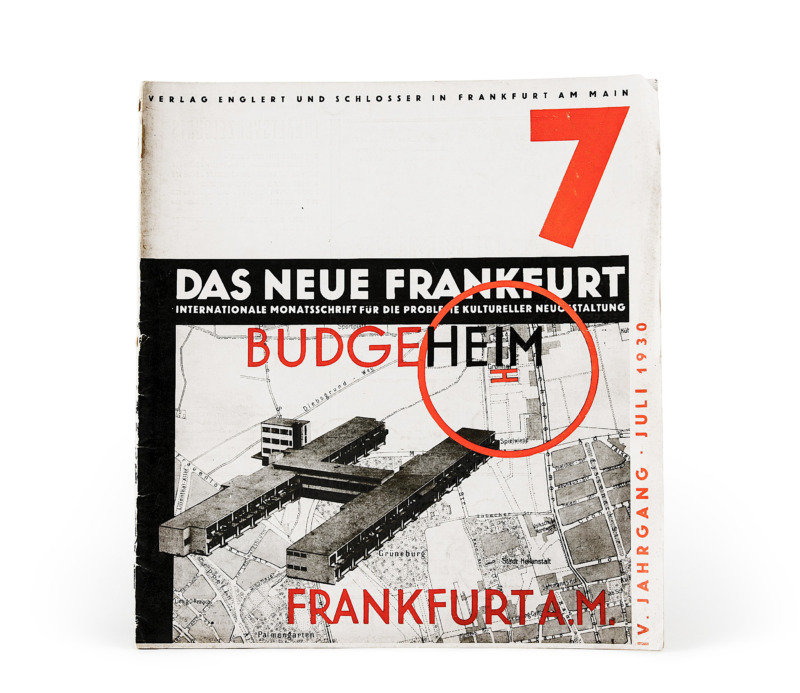Anyone who wants to prepare their garden for spring will probably need this green thing. With its black, removable shower head, this watering can is an indispensable tool for gardening in the Federal Republic of Germany since the 1960s.
In addition to the colours green and black, the shape of the watering can is particularly memorable: an oval body, a narrow spout and the removable shower head. The production process is as follows: a plastic tube is inflated like a balloon and then pressed into the jug mold by two mold halves. As the can is made from one piece, it is particularly sturdy and leak-proof. The oval shape ensures that its weight is optimally balanced, minimizing the risk of spillage.
The designer of this watering can is Ehrenfried Lippert. Together with his brother Joachim, he was already producing hot-water bottles and watering cans made of sheet metal before World War II. In 1961, Lippert designed the first German plastic watering can for the company Geli GmbH, whose name is derived from “Gebrüder Lippert” (“Brothers Lippert”). The transition from sheet metal to plastic was perceived as a sign of progress in the 1960s: the watering can, called “Geli” for short, is light, yet robust and does not rust.
Thanks to its practical shape, the object has remained unchanged for 60 years. Since then, the model has been sold more than 120 million times. As the design was never patented, there are many copies, which accelerated Geli’s spread. The best-selling version today is this green ten-litre can. However, there is now a wide range of colours, both bright and matt, and several sizes from 1 to 14 litres.
Even though transport and production in Germany have become significantly more expensive, the watering can will continue to be produced in the production hall built in 1953 in Alzenau near Aschaffenburg. If you want to buy a “Geli”, you can find them for less than 5 € in any German hard store.

